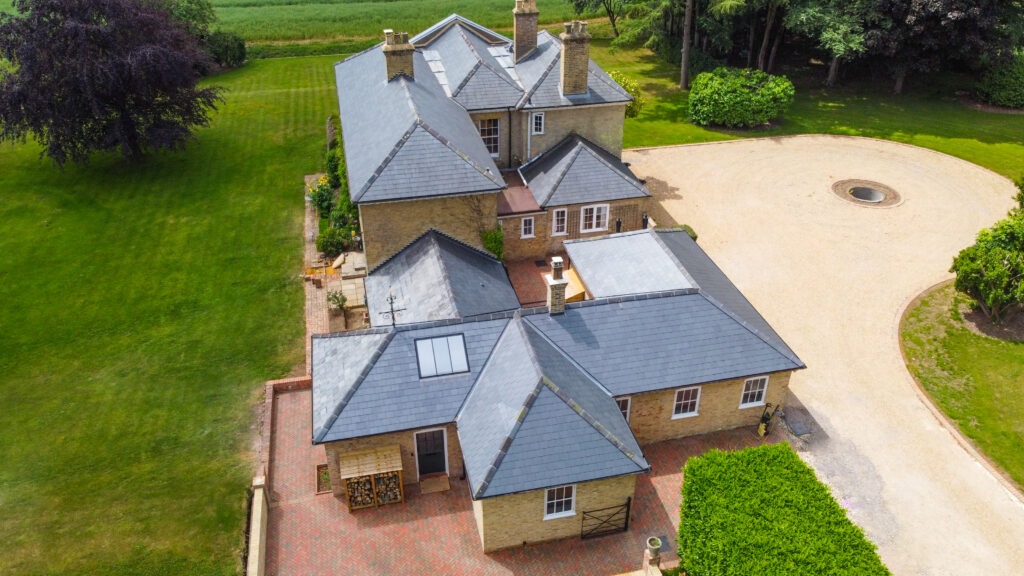Understanding the cost of rooflights involves navigating a diverse market with products catering to various budgets, from inexpensive imported standard sizes to high-end bespoke options. The size, specifications, and desired finish of your project significantly influence the choice of rooflight that best suits your needs.
Standard sized rooflights, produced in bulk, tend to be more budget-friendly, often manufactured overseas to reduce production costs. On the other hand, bespoke rooflights, tailored to specific requirements, command a premium due to the additional time and skill involved in their production.
The primary cost components of conservation rooflights include frames, glass, and timber. In recent times material costs, especially for glass, steel, and timber, have surged. The manufacturing process for a genuine conservation rooflight entails precision engineering methods such as laser cutting, metal pressing, and skilled welding, with the steel frame being a significant cost contributor.
Glass, subject to escalating energy costs, has become expensive to manufacture, and the need for opening mechanisms further increases costs. Opening rooflights, whether manual or electronically operated, come at an additional expense, with optional features like wind or rain sensors contributing to the overall cost.
Specialist paint coatings for steel rooflights, applied for added protection, require skilled tradespeople, adding another layer of expense. The liner material and ancillary costs, including rubber seals, silicone, screws, and packaging, also factor into the total manufacturing cost.
Bespoke rooflights are inherently more expensive than standard off-the-shelf products due to the unique manufacturing process, requiring individual CAD drawings and bespoke production.

Several factors contribute to the varying costs of rooflights:
Rooflight Size: Larger rooflights naturally cost more as they require more materials. However, the difference in cost may not be significant for variations in length.
Rooflight Material: The type of steel used in construction impacts costs, with marine grade 316 stainless steel being 20-30% more expensive than mild or carbon steel. Although more costly, stainless steel’s resistance to rust often justifies the investment.
Rooflight Glazing: Choices in glazing, complying with Part L of Building Regulations, include double or triple glazing and toughened glass, each affecting the overall cost based on specifications.
Fixed or Opening Rooflights: The cost difference between fixed and opening rooflights has been discussed, with variations in the quality of winders and electric actuators contributing to price differences.
Rooflight Liners: Differences in the quality and cost of internal rooflight liners impact both the internal finish and thermal performance.
Rooflight Finish: While paint coatings may be either powder coat or wet spray finish, variations in paint quality can impact longevity.
Origin of Rooflights: Rooflights manufactured in Eastern Europe or Asia may be cheaper, but opting for British-made products often involves a slight premium in price.
Delivery: Delivery costs, particularly for bespoke rooflights, may appear high due to the need for specialist transportation and individually designed bespoke pallets.
Location and Installation: Installation costs, not typically included in the rooflight purchase, vary based on the size, weight, and location of the rooflight. Larger rooflights may necessitate specialist lifting equipment, impacting installation expenses.
Considering these factors and consulting with builders beforehand will help manage expectations and ensure a comprehensive understanding of the costs associated with rooflights.

